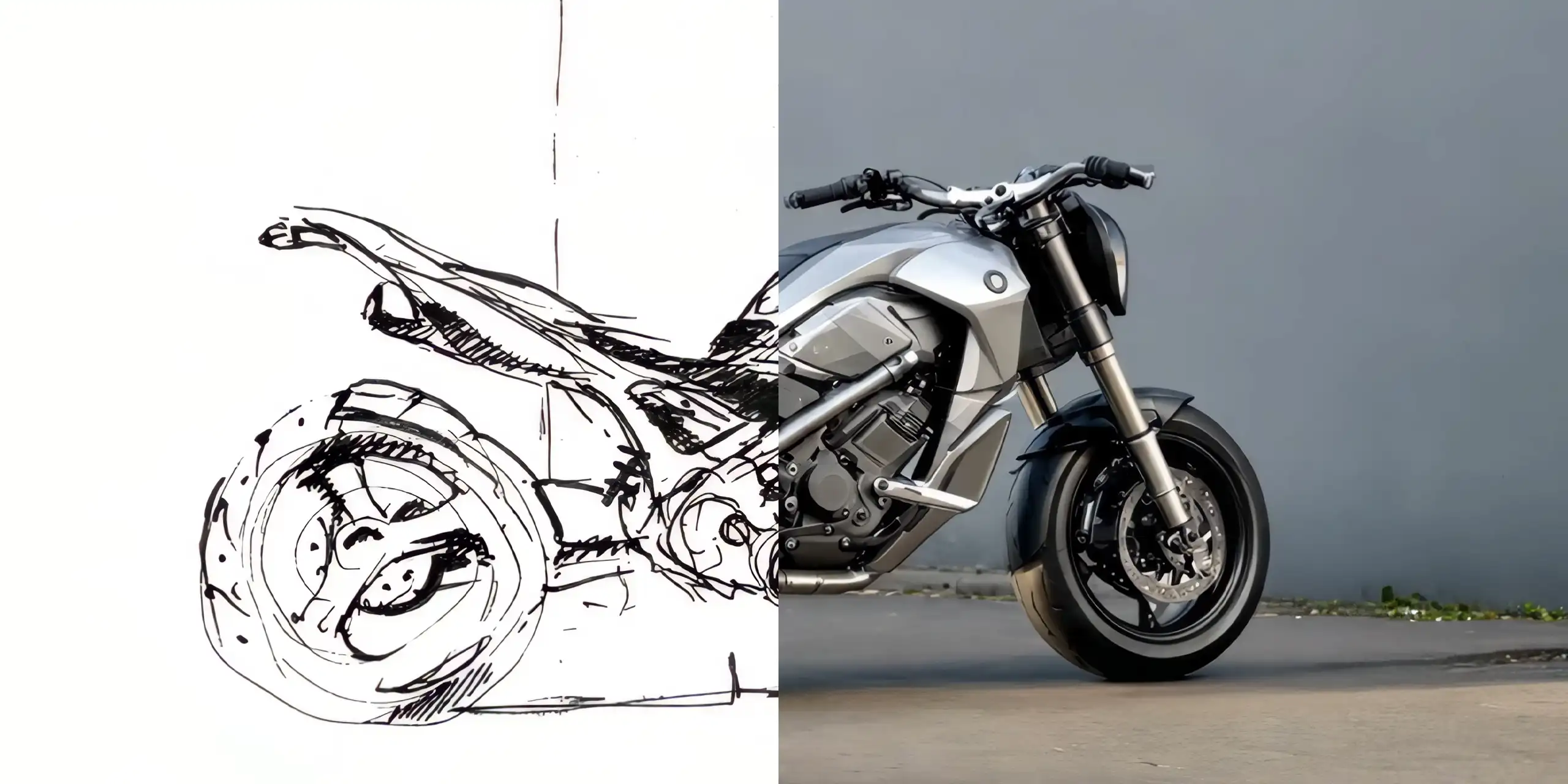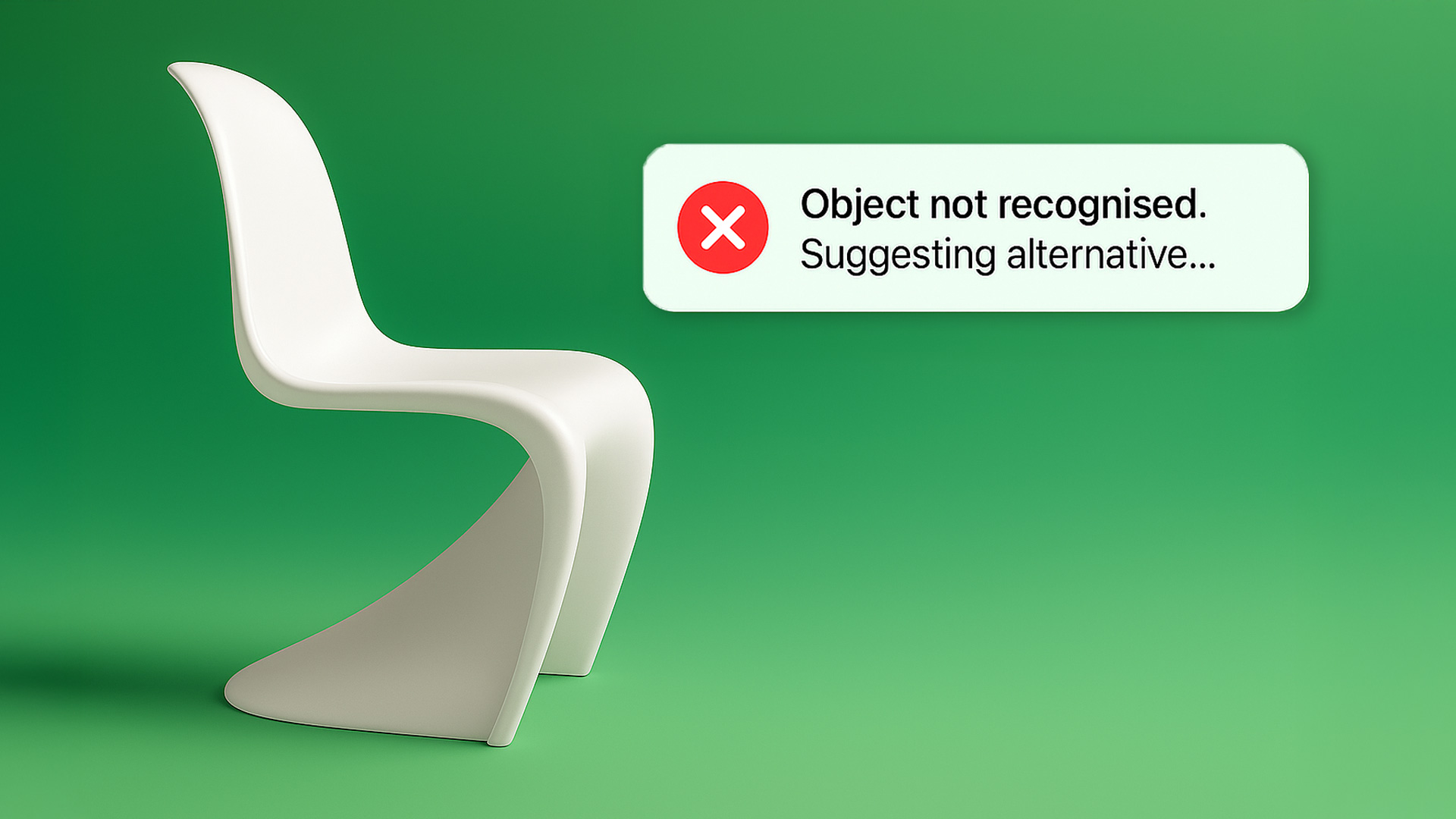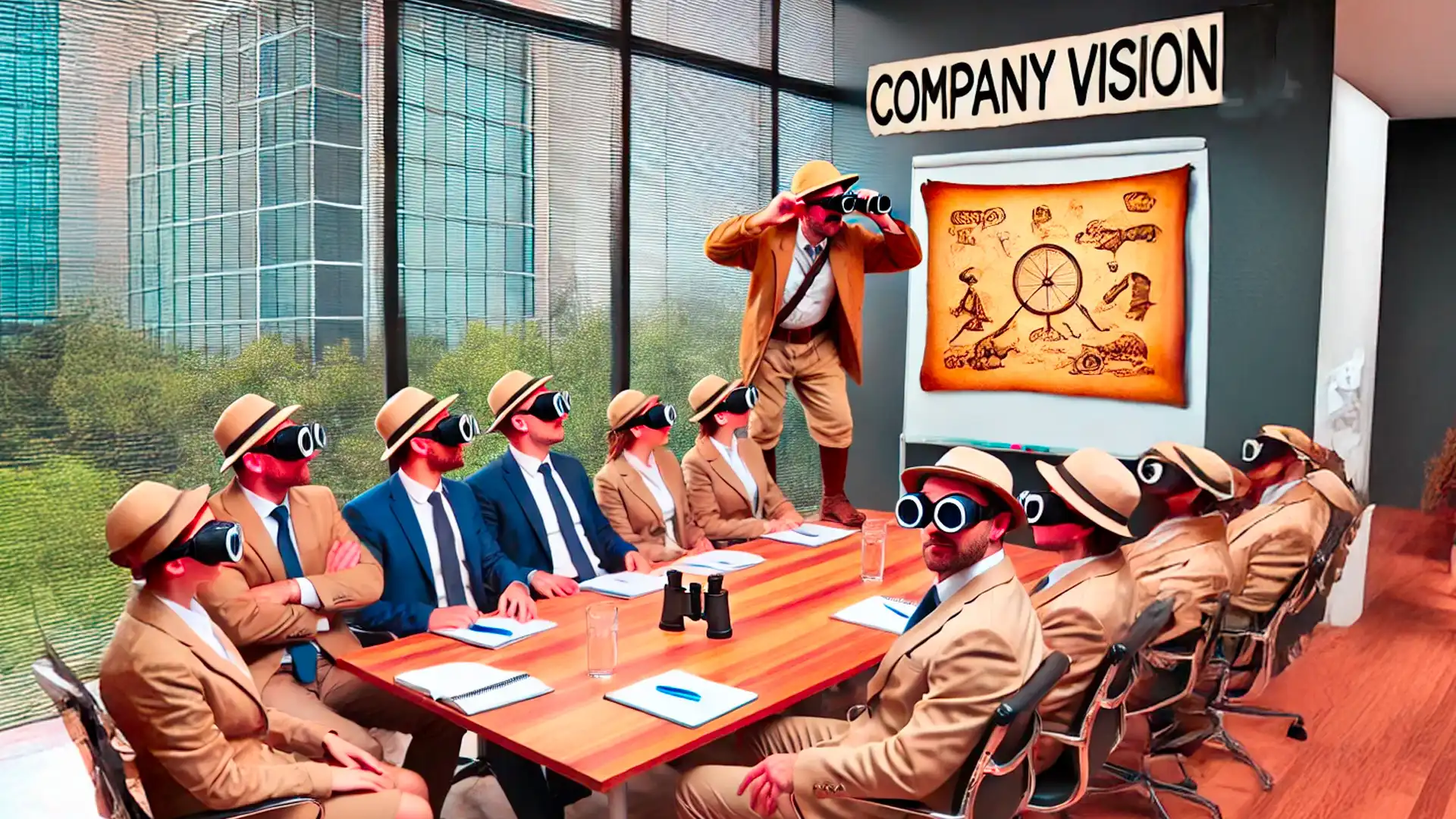Integrating AI in the Product Design Process
At G&B, one of the most common questions we hear today is: Do you use AI? The answer is a resounding yes! As curious designers, we love exploring new design tools—often in their early stages—and AI is no exception. Since its introduction, we have tested, refined, and integrated AI into our workflow, allowing us to accelerate processes and enhance the quality of our designs.
AI as a Creative Assistant, Not a Replacement
There’s a lot of talk about AI taking over design jobs. In our opinion, AI is here to assist, not replace.
AI does not invent groundbreaking ideas or bring emotion into design the way humans can. However, where AI excels is in generating variations, refining concepts, and—last but not least—quickly bringing sketches and ideas to life as if they already exist.
In the past, designers spent countless hours turning rough sketches into polished designs. Now, we can transform sketches, combined with written instructions, into photorealistic images and 3D models within minutes. These images can then be used to explore further variations, create 3D-printable models, generate videos, and more—leaving us with more time to focus on creativity instead of repetitive tasks.
As an example, below you see a fragment of a video where we brought an old sketch to life with AI software and prompts.
The Limitations of AI in Design
Despite its impressive capabilities, AI is not the ultimate designer. Because AI models rely on existing data, they are inherently limited by past knowledge and products. Think of it like making music with samples rather than composing an original symphony. While AI can remix and reconfigure, true innovation still requires human intuition, creativity, and problem-solving.
In fact, AI sometimes struggles to process entirely new concepts—ideas that have no precedent in its training data. When this happens, we take it as a sign that we’re pushing boundaries and working on something truly innovative.
And let’s be clear: AI is only as good as its operator. While it may seem like anyone can be a designer now, achieving exceptional results still requires expertise, practice, and well-trained designer’s eyes.
AI as a Perfect Tool for Concept Studies
At G&B, one of our core specialties is helping clients envision the future through concept studies and ideation. AI has taken this process to the next level by enabling us to generate photorealistic images and videos faster and with greater accuracy than ever before.
With AI-driven tools, we can present future product concepts as if they already exist—bringing ideas to life in detail. This acceleration makes quick concept studies more accessible and cost-effective, empowering brands to stay ahead of the curve and make well-thought design decisions with confidence.
Legal Aspects of AI in Design
As AI plays a bigger role in design, legal questions arise—especially around ownership. Because AI is still in its development phase, copyright laws don’t always clarify who owns AI-generated work. Normally this isn’t a problem as long as you use your own images and work as input, which we do at G&B.
AI models also rely on large datasets, which may include copyrighted material. For that reason we are careful in publishing AI generated material and prefer to work with legally sourced data to be sure to avoid infringement issues.
The Future of AI in Product Design
At G&B, we have embraced AI, but we don’t believe it will replace human creativity anytime soon. It’s a young yet powerful creative tool that helps us push boundaries, explore new design territories, and bring ideas to life faster and better than ever before.
Want to learn more about how we integrate AI into our design process? Let’s connect and discuss the possibilities together.
This blog was published earlier as an article on Linkedin.




